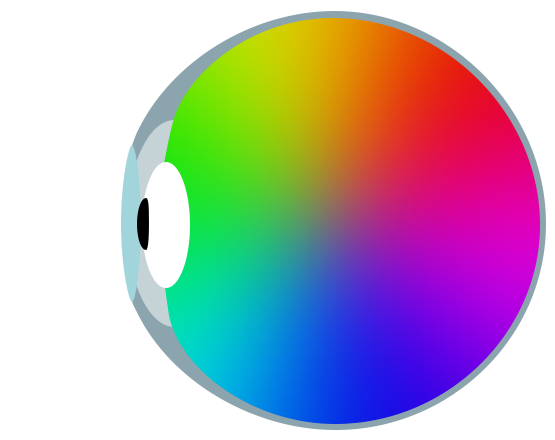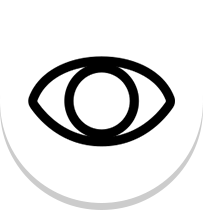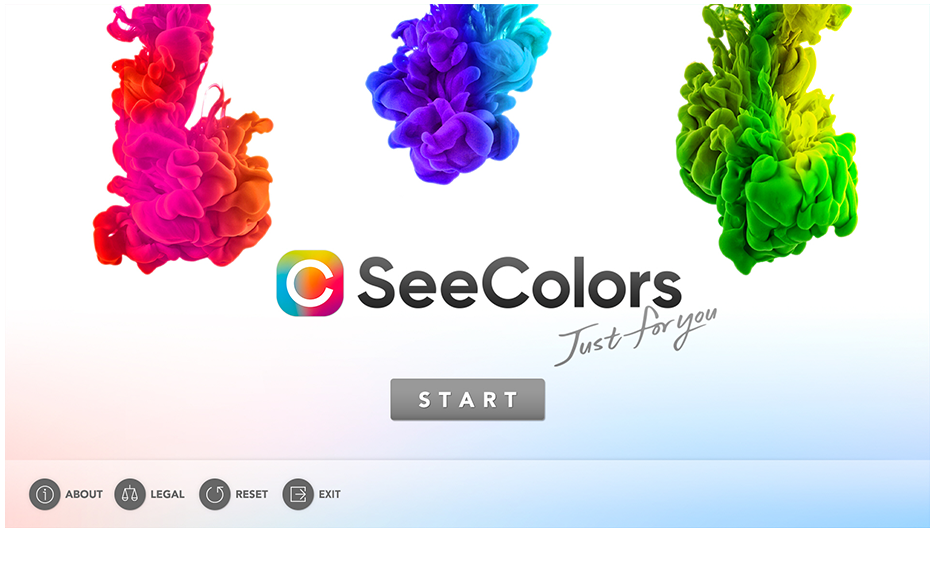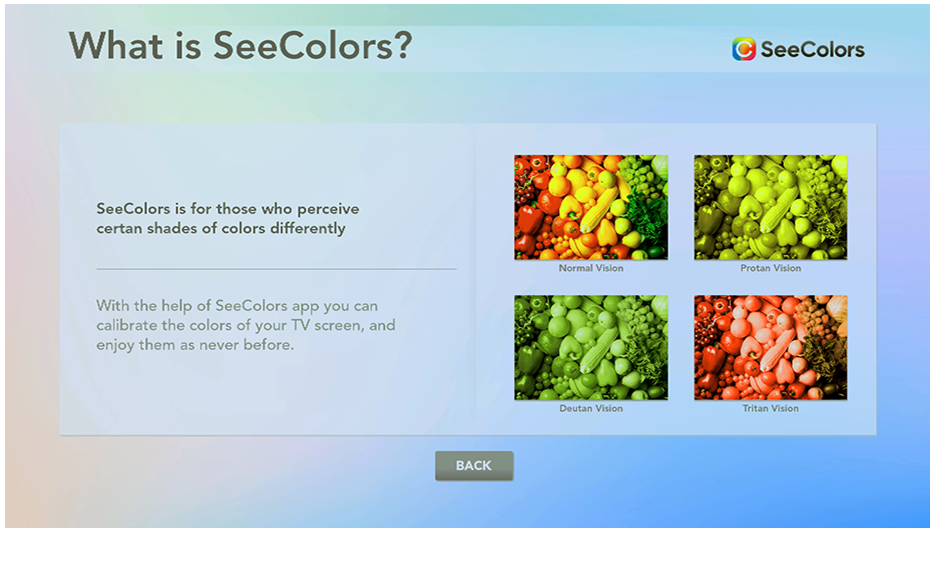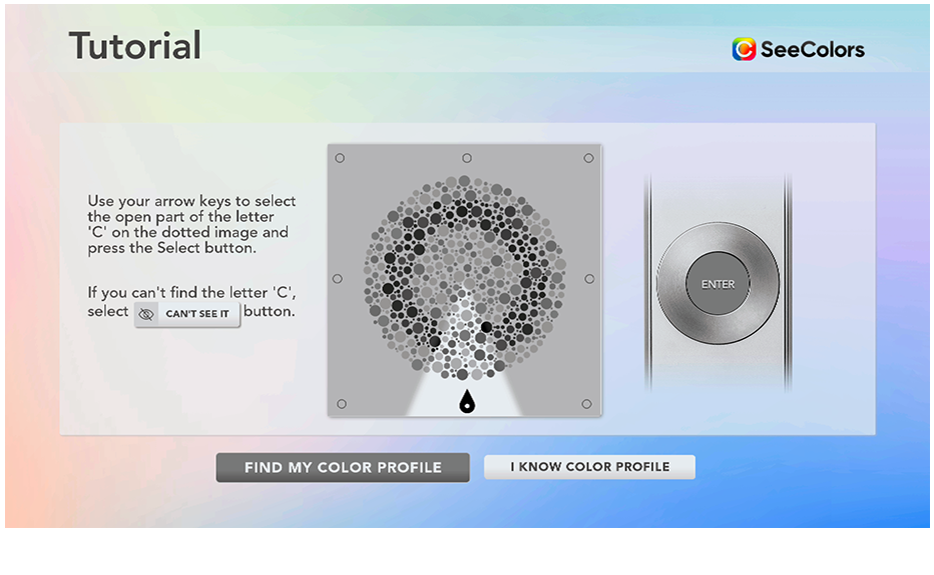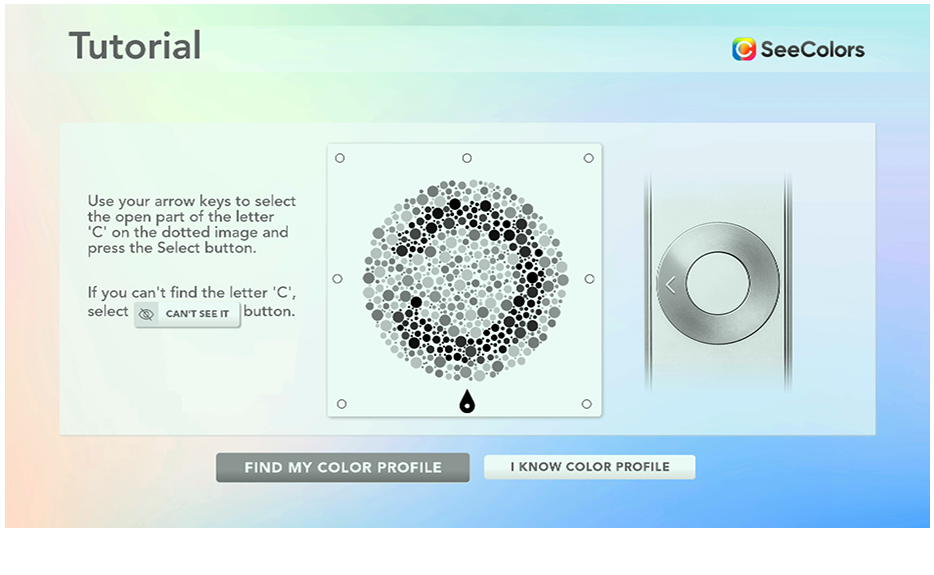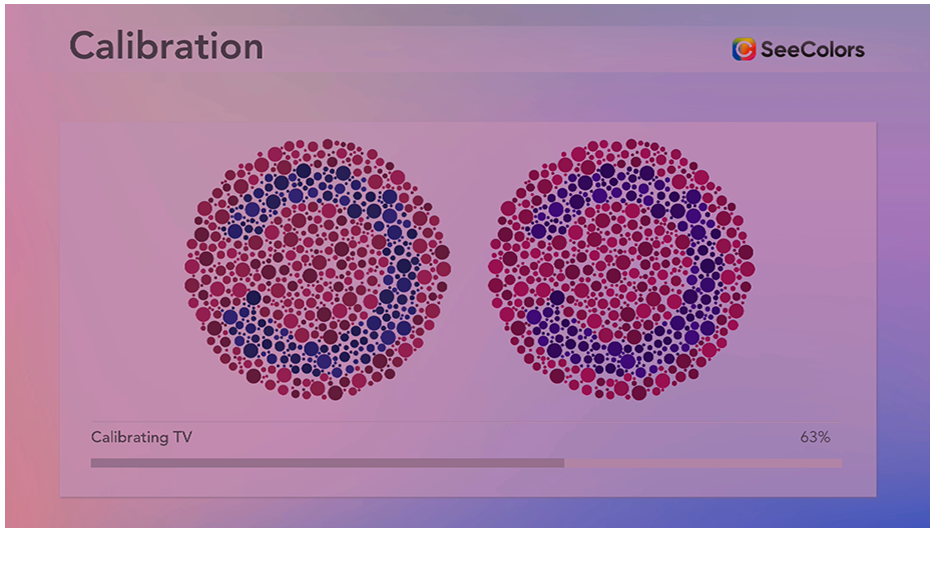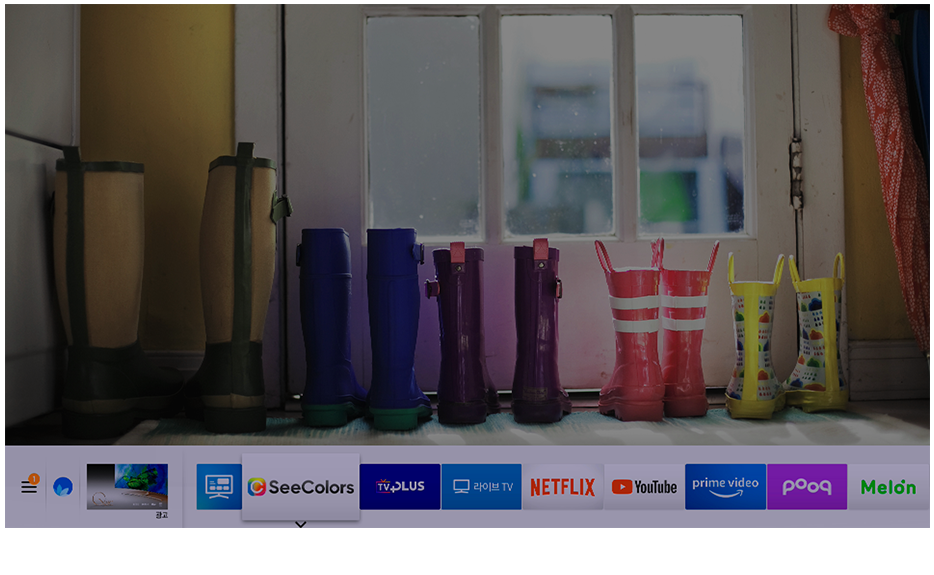For Anyone to Experience the Happiness Which Colors Give
EVERYONE
SHOULD SEE
THE WORLD
IN FULL COLORS



How Many Different Colors
Did Your Eye Capture Today?
Everything in the world has a certain color to it. Color inspires emotion,
brings completion to experiences, and gives us information we need to carry out
our daily lives. But for some of us, it is difficult to fully witness or
resonate with the many things color gives us.
The Colors of the World
aren’t Obvious to All
There are people who cannot see the world in technicolor, but rather see
a world that lacks certain colors. Some people perceive red and green as similar colors,
whereas others see yellow and blue as similar colors. Depending on the individual
with color blindness, some may have a harder time distinguishing
a certain type or degree of color.

Among the world population of nearly 7.5 billion people,
almost 300 million experience some form of color blindness.
In South Korea,
3% of the total population,
which is around 1.5 million
people, has difficulty
distinguishing between colors.
Normal day-to-day activities like differentiating between
different bills or telling the difference in color between
a red flower and a green leaf can be difficult tasks for people
with color blindness. The various colors we see in a typical
scenery may not be so obvious to others.
- Red
- Green
- Blue
There are approximately
7 million cone cells in our eyes.
Cone cells are divided into three different types that each sense red, green, or blue visible rays, which are then combined to perceive more colors. A single cone cell type can tell the difference between one hundred variations in shade.
This number is raised to the third power in an individual with
all three cone cell types, which makes it possible to differentiate
between a million colors. People with color blindness can only
distinguish several thousand colors, or for those who suffer
from a more severe degree of color blindness, only several
hundred types of colors are distinguishable.
-
Normal Color Vision

-
Protanopia

-
Deuteranopia
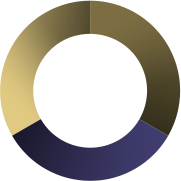
-
Tritanopia

-
Total Color Blindness

The most common case of color blindness is protanopia (red color blindness),
which makes it difficult distinguishing red. Then there are those who experience deuteranopia
(green color blindness), which cause difficulty in telling the difference between red and green.
There are also rare cases of tritanopia (blue-yellow color blindness), which is the inability to discern
colors in the range of blue and yellow hues, and those with total color blindness who cannot
perceive any colors whatsoever and can only tell the difference in the degree of brightness.
From sight, sound, touch, taste, to smell.
We use our five senses to recognize information
and understand our surrounding environments.
Among the five senses,
sight is the most important
method of perception as
nearly 90% of the information
our body relies on
is retrieved through sight.
Certain groups of people and organizations make
meaningful efforts to alleviate these difficulties through
various endeavors such as changing the color of a subway
map or improving the design of a traffic light.
Samsung Electronics also aspired to join this significant
movement to consider the needs and inconveniences of
people with color blindness.
If all people can experience the diverse fullness of color,
wouldn’t this bring us a step closer to a world in which everyone
can recognize and perceive information on equal standing?
Witnessing the Vibrancy
of the World through a New Window
Samsung Electronics collaborated with the Hungarian Company Colorlite to envision a channel that
connects colors with color blind people so that everyone can conveniently experience the full spectrum
of all shades. Samsung also collaborated with Korean design company Early Spring to devise on-screen
design for easy access and usability. The result of this collaborative effort is SeeColors, an application
that helps people with color blindness to experience color similarly to how it is seen normally.


The SeeColors app examines the different degrees of color
blindness and categorizes them into 10 personalized types,
which boasts a 90% or higher accuracy. Based on the user
information analyzed by SeeColors, the TV adjusts the colors
in the screen. Colors that an individual find harder to distinguish
are expressed with more intensity so that a person with color
blindness can watch TV and see diverse colors just like how
a person with normal perception of color would experience.
- * SeeColors can be downloaded through Apps, the exclusive app store for the Samsung SmartTV. This app is not supported on certain models.
- * The SeeColors mobile app can be downloaded through Galaxy Apps and Google Play, and is not supported on certain smartphone models.
The SeeColors mobile app can only test the degree of color blindness.



“Color is the place where
our brain and the universe meet.”
- Paul Klee, Swiss-German Artist -
Color does more than just relay information. It conveys emotion
and fulfills experiences. SeeColors is one of the meaningful
efforts made in the world to help all people experience the joys
and wonders of colors in their everyday lives. Samsung Electronics
will continue to make the utmost effort to provide products and
services that help people fully enjoy the bliss of daily life and
the innovation of lifestyle without any obstacles whatsoever.








